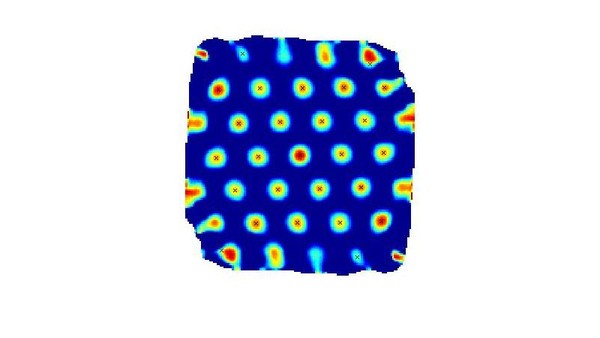Grid cells exist in the brains of all mammals. Grid cells had been thought to be the recipient of information from other cells about physical location, time, and distance between locations but Benjamin Kraus of Boston University and Howard Eichenbaum, a psychologist and neuroscientist at Boston University, have proven that grid cells generate location information on their own.
The researchers measured the firing pattern of grid cells in the brains of rats that ran on a treadmill. Fifty percent of the grid cells fired at specific intervals in time, a different 50 percent of the cells fired as the result of traveling a specific distance, and 41 percent fired based on distance and time of travel. The firing pattern of grid cells was independent of the ability of the rats to see. The firing pattern was also independent of any visual clues that indicated distance or time. Firing patterns did change with visual cues to location.
The study indicates that all mammals or possibly a common ancestor of all mammals evolved specific brain cells that tell the animal how far they have traveled, the time they have traveled, and the relative position of their location to known objects or locations. This new function for grid cells is thought to be involved with the option to store a location memory or discard the memory.















